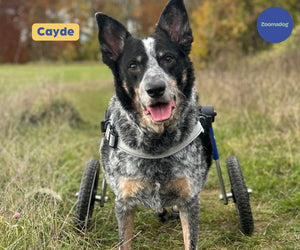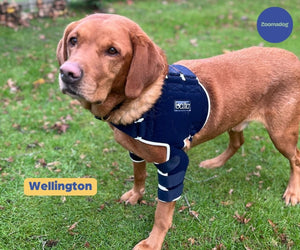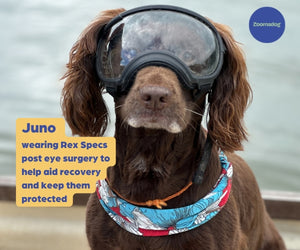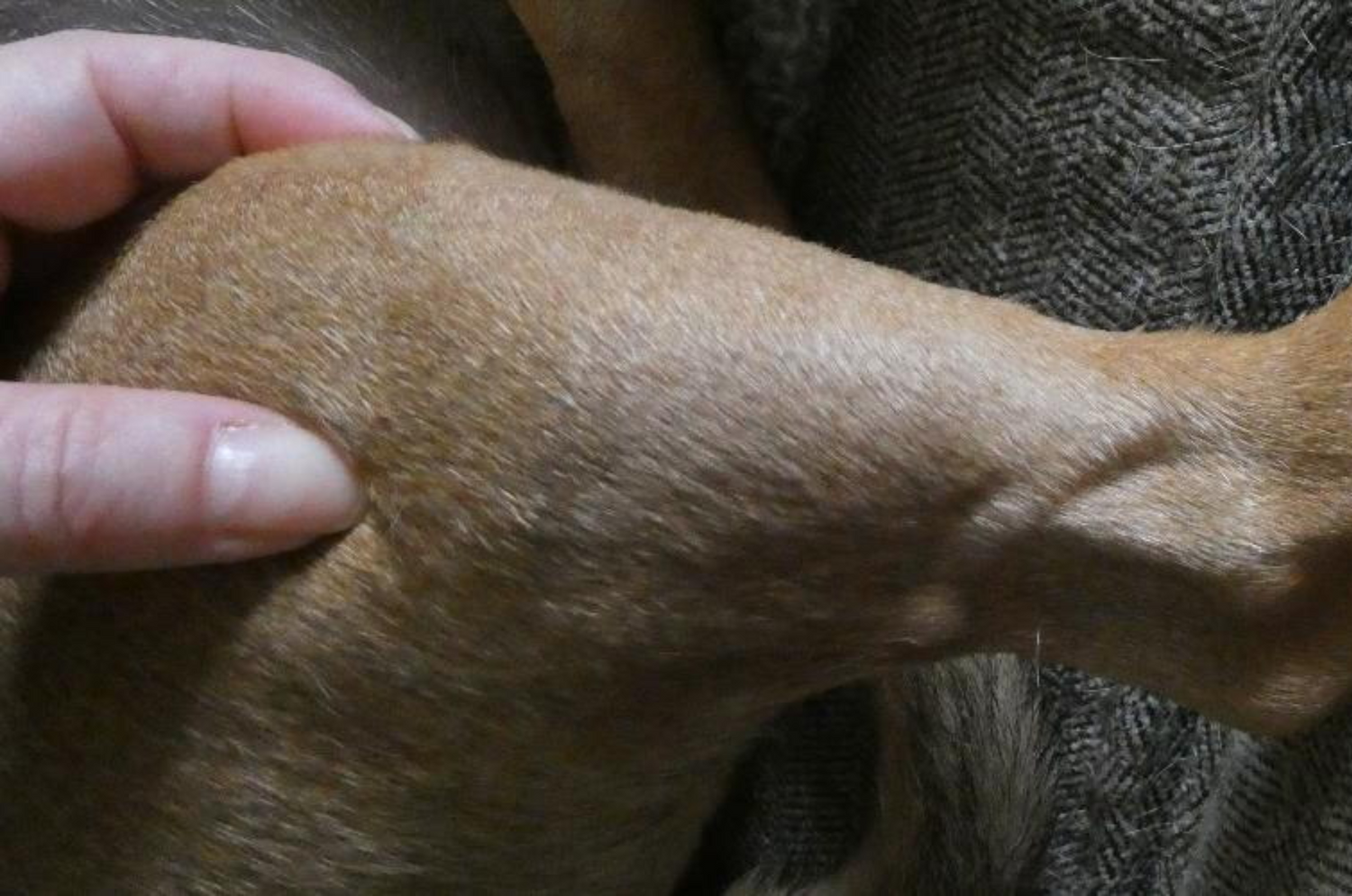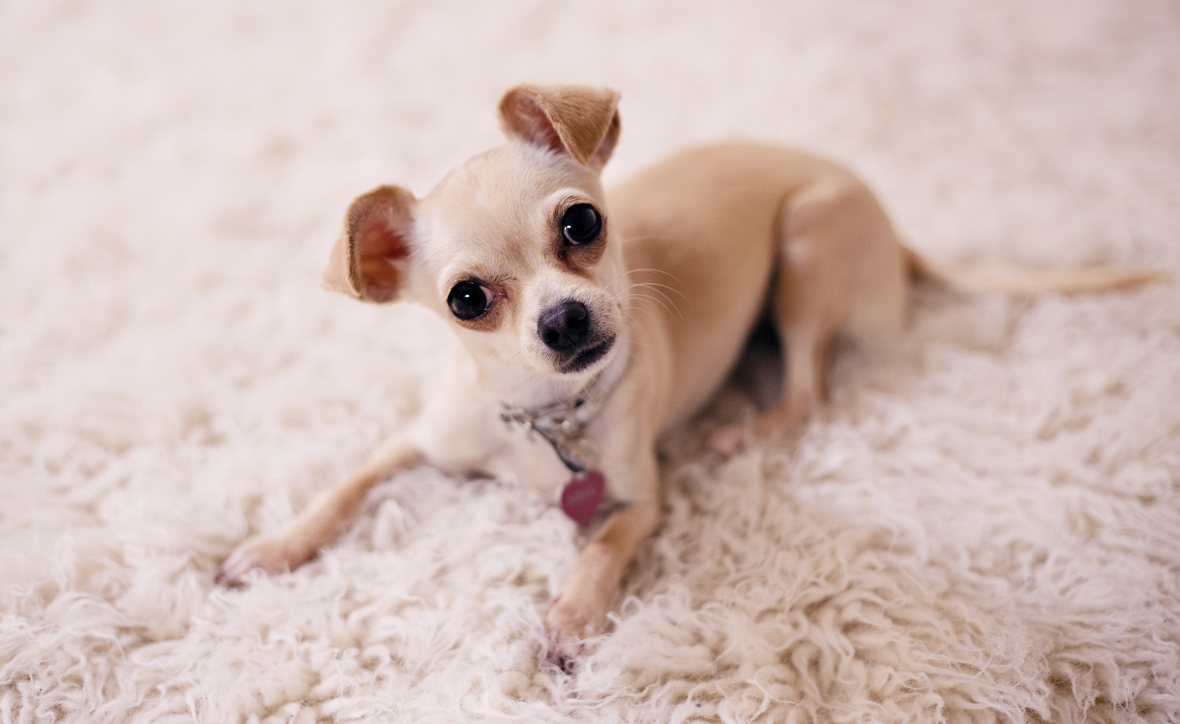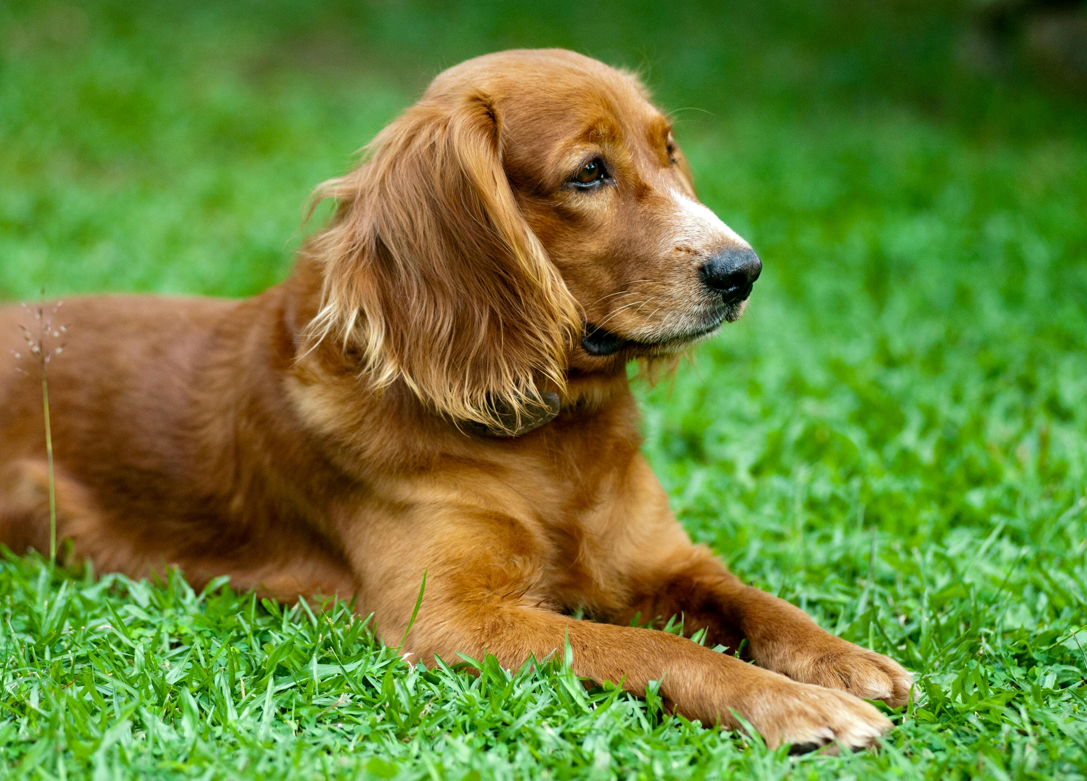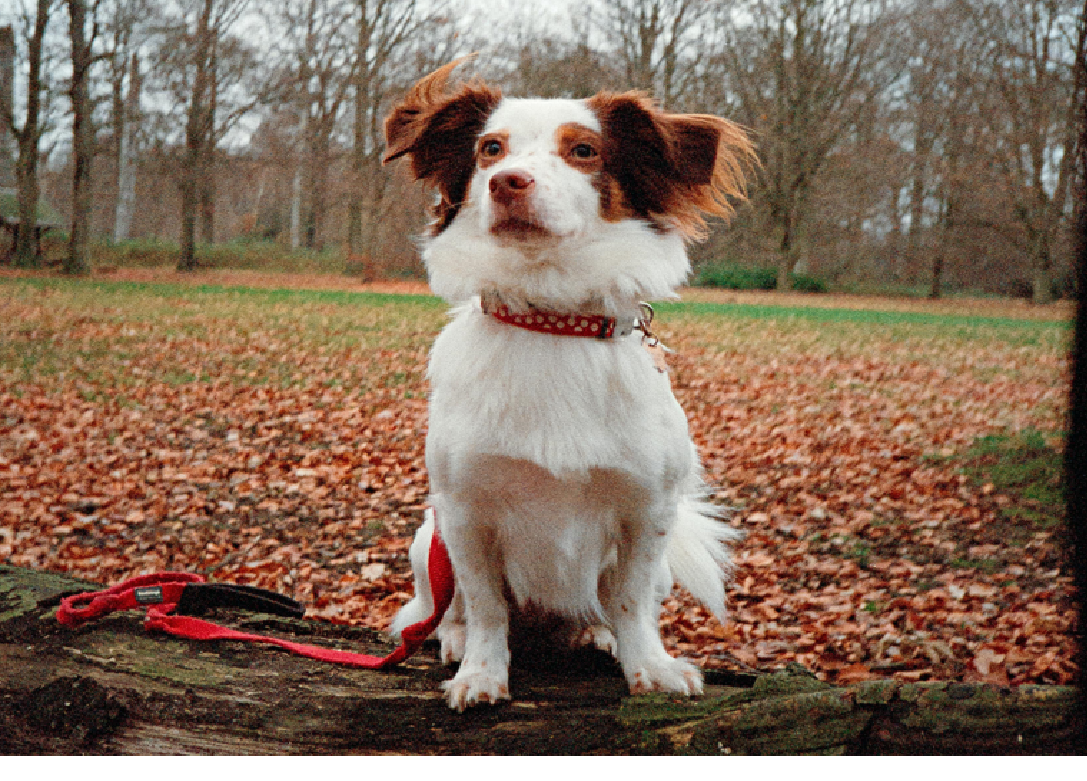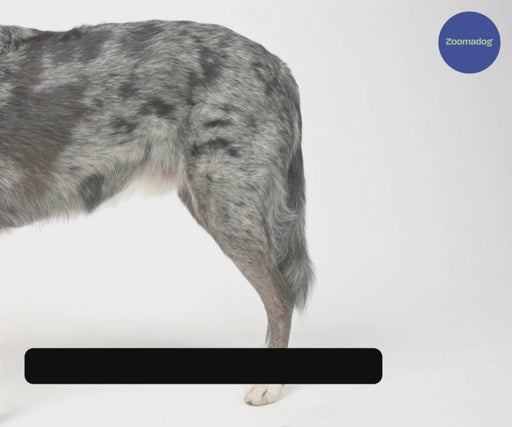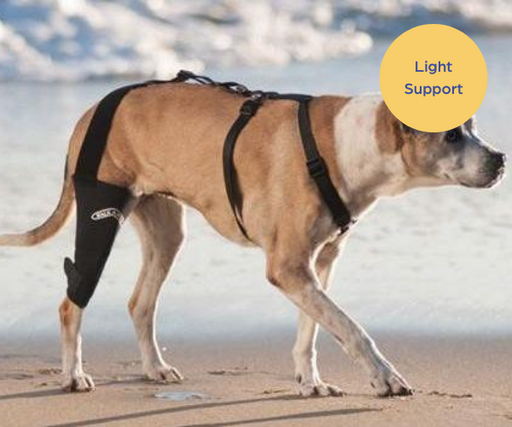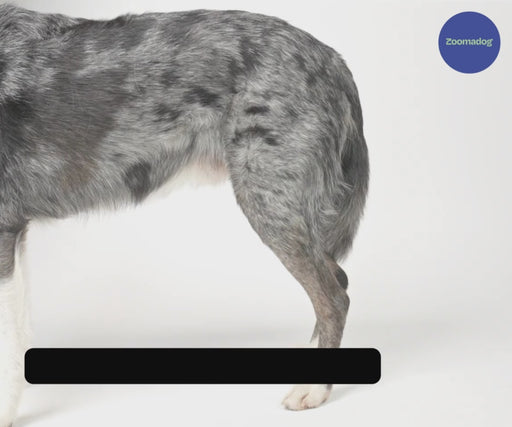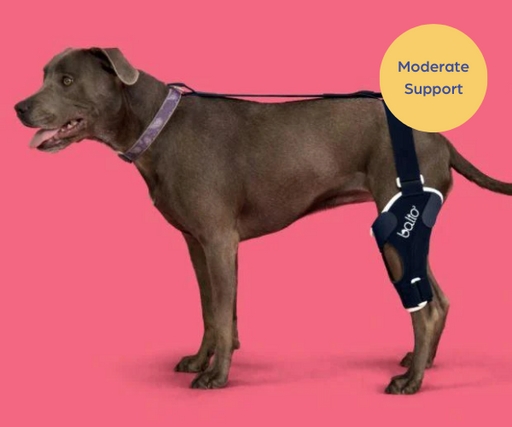Patellar luxation is when the kneecap moves from its normal position. The patella (knee cap) is in a cartilaginous groove at the end of the femur at the stifle. In dogs, the patella is an almond shape, and its purpose is to assist in the extension of the knee.
The patella resides in the tendon of the quadriceps muscle group, which attaches to the bone (tibia) below the femur. If this muscle group contracts, it pulls on the tendon and the kneecap, thereby extending the stifle. If the patella is moved out of its groove with knee extension, it’s called a luxating patellar.
A luxating patella in a dog can lead to a ruptured cranial cruciate ligament. The literature states that at least 15% to 20% of dogs with patellar luxation will eventually rupture their cranial cruciate ligament. Two main reasons why this scenario may follow are:
A luxating patellar will change the biomechanics of the knee and subject the cranial cruciate ligament to more stress and strain, and
If the luxating patellar is chronic with arthritic changes, the inflamed environment inside the joint will cause a breakdown of the ligaments (especially cruciate ligaments).



